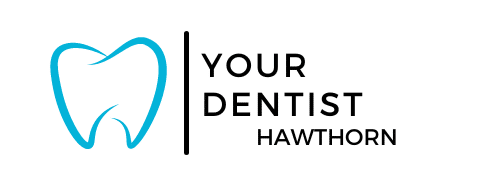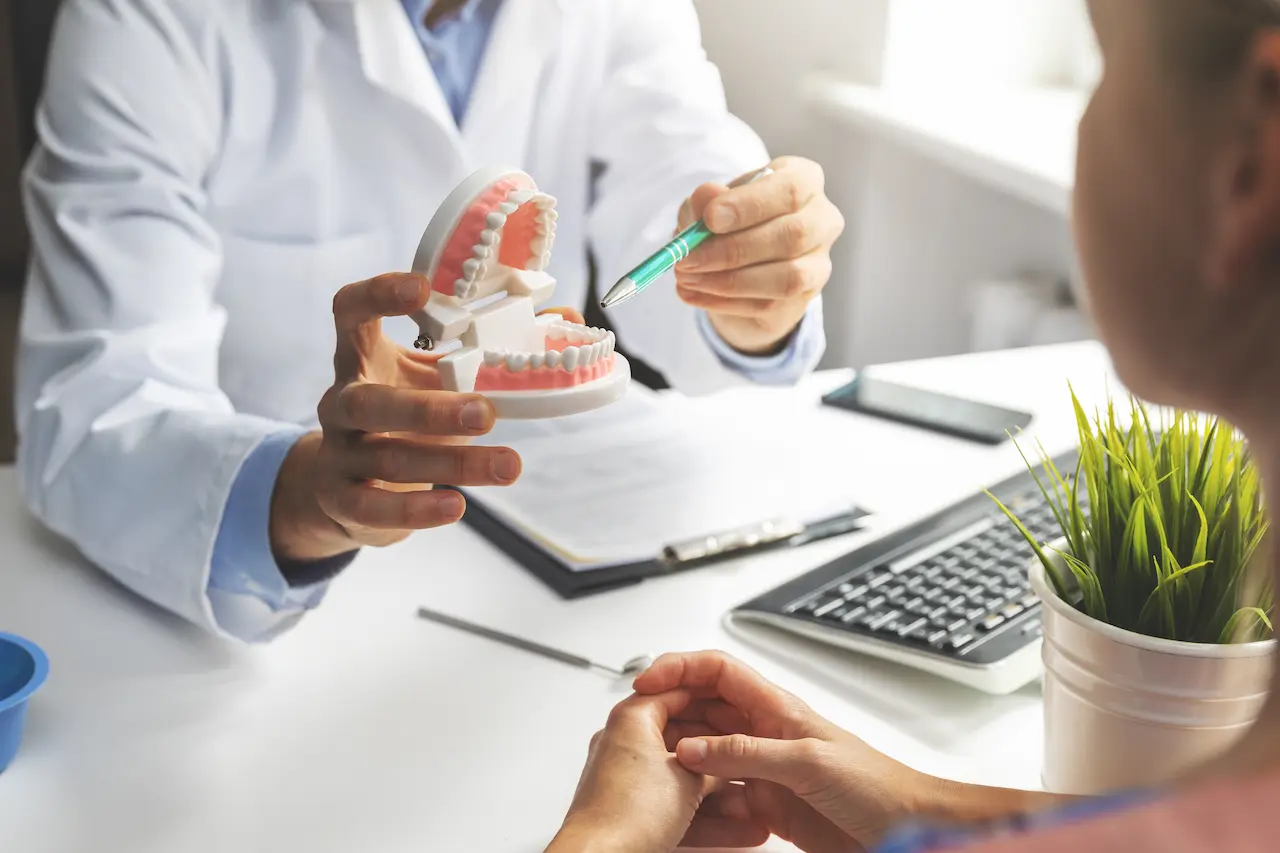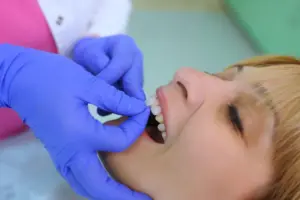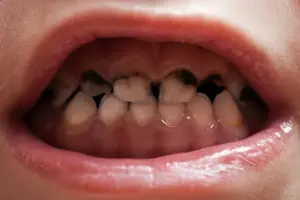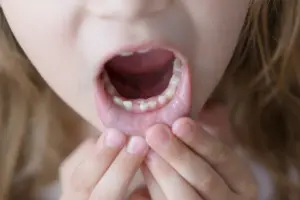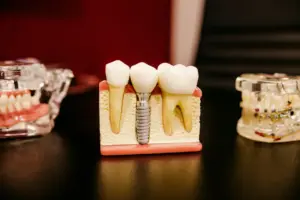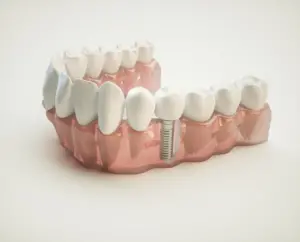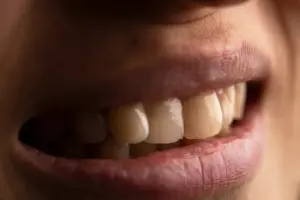11 Common Dental Myths and Misconceptions
Table of Contents
ToggleOnline, you can find a lot of information about oral hygiene.
Unfortunately,
Much of it is misleading or false. Sometimes, the messages are misconstrued because of new developments in healthcare. Many other dental myths have been passed down through generations. Let’s set the record straight. These are the most common dental myths.
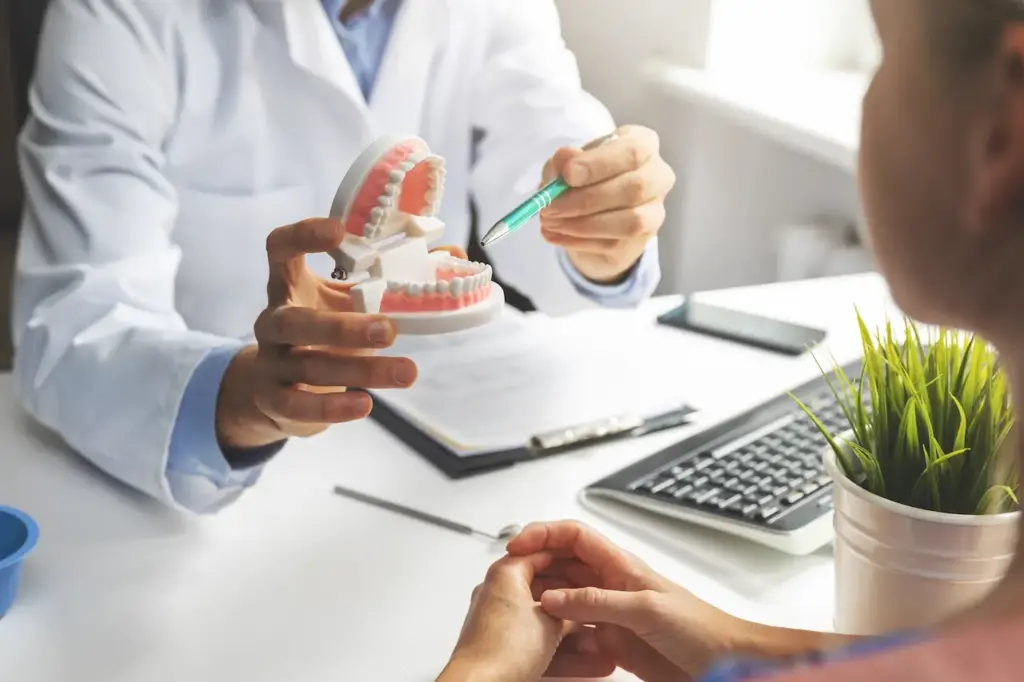
Myth #1: Gum Disease is only a concern for your mouth
The bacteria present in gum disease can spread to other parts of your body, and there are more and more studies that have connected gum disease to whole-body health concerns. Gum disease may be linked to heart disease, diabetes, and some forms of cancer.
Myth #2: Sugar causes cavities
Sugar is a factor in the development of cavities. It’s not sugar that is the culprit is the bacteria that consume the sugar. Starches and sticky foods like them encourage bacteria to grow on or around the teeth. These bacteria produce acid compounds that cause tooth decay. After meals, rinse and brush to reduce plaque and acid.
Myth #3: Flossing is not necessary
Maintaining good oral hygiene requires flossing. Only 40% of Americans floss every day. Only one in five Americans flosses. Up to 80% of plaque can be removed by flossing. Plaque can cause tooth decay. But you can prevent it by following a daily flossing routine.
Myth #4: Bleeding Gums are normal
Inflammation of the gums is responsible for bleeding gums when brushing or flossing. The gums can bleed and become inflamed due to gingivitis or other conditions. This is not normal. Contact your dentist to schedule an appointment.
Myth #5: Brushing harder cleans better
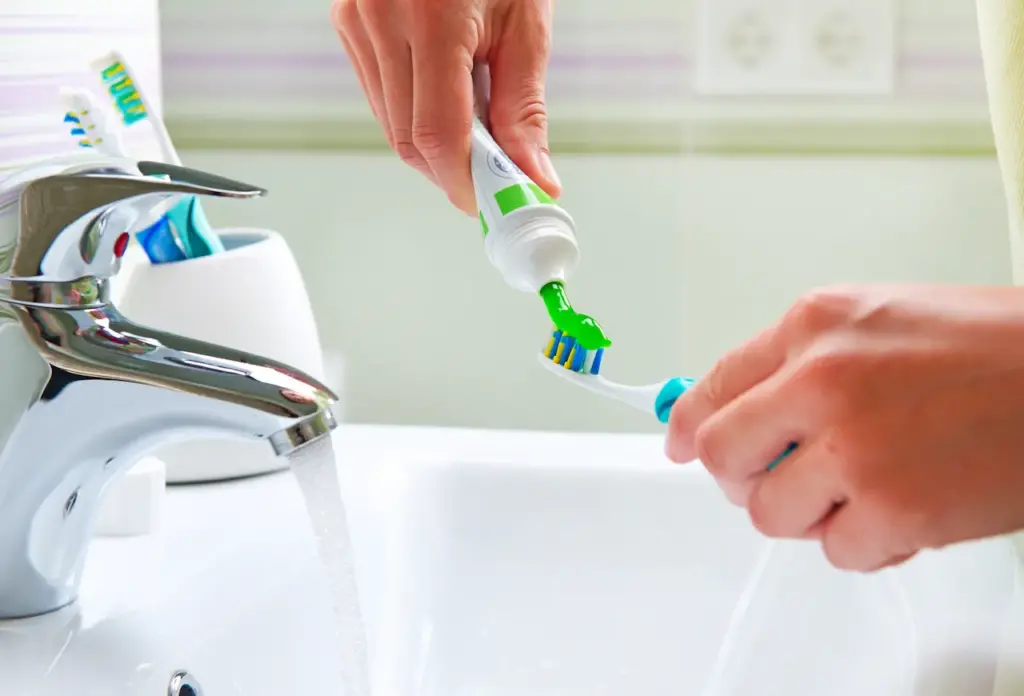
Brushing harder can be counterproductive. It is counterproductive to brush harder. This can lead to other issues such as gum recession. Brush twice daily for two minutes with a soft-bristled brush.
Myth #6: Charcoal Toothpaste Is Better
Charcoal is often marketed as a whitening toothpaste, but it offers very little protection to teeth. Charcoal toothpaste works against teeth because it absorbs protective agents that keep them healthy and strong.
Myth #7: White teeth are healthy teeth
The whiter the teeth, the healthier they are. Over time, teeth can discolour due to staining and damage. Bleaching teeth can leave the cause of discolouration untouched. Speak to your dentist if your teeth seem duller than usual.
Myth #8: Children don’t need to brush their baby teeth
Early oral health problems can cause lifelong complications. Children should begin brushing twice daily from the moment they get their first teeth. Children’s tooth decay can cause health problems long after the baby’s teeth have fallen out.
Myth #9: You don’t need an oral exam if you have no concerns about your oral health
Exams are the best way to detect problems before they start. If you wait too long to detect or treat problems, they will become more difficult to fix when you finally do. Semiannual dental exams are best for maintaining optimal oral health.
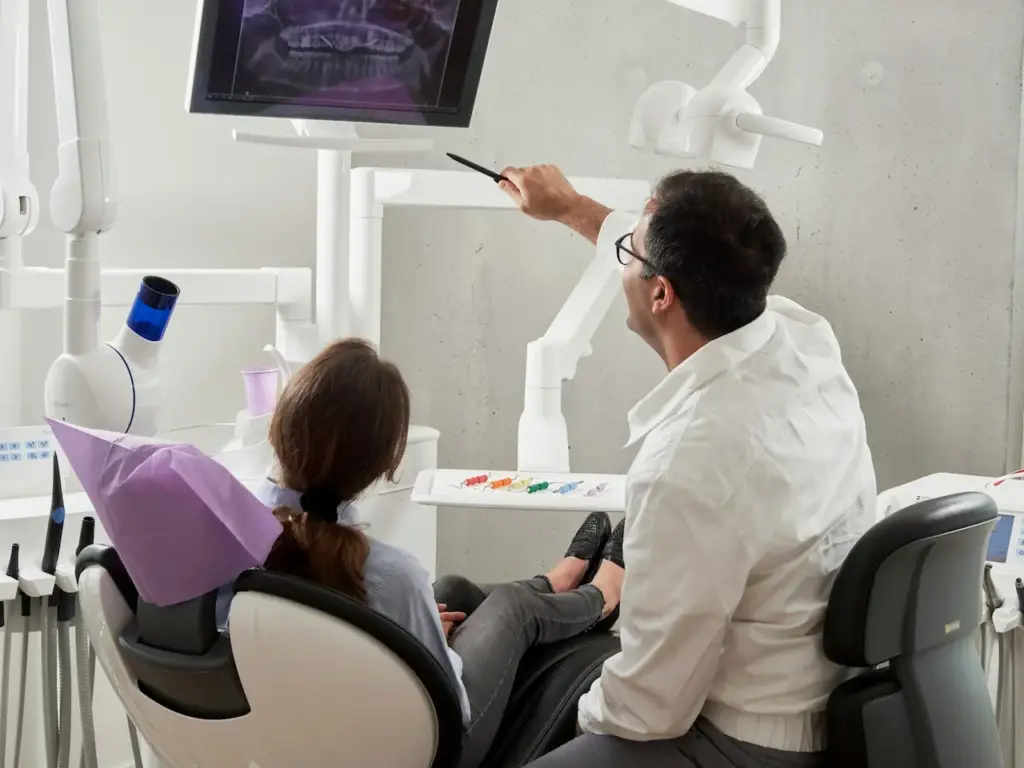
Myth #10: Enamel loss causes sensitivity
Many things can cause tooth sensitivity. Tooth sensitivity can be caused by enamel loss, but also by tooth grinding or abrasive products. Discuss these symptoms with your dental professional if you are experiencing tooth sensitivity.
Myth #11: Gum works like brushing
It is important to brush your teeth after chewing gum. Some gums promote healthier teeth and breath. Some dentists recommend sugar-free varieties instead of candy. While some chewing gums benefit oral health, they can’t replace brushing.
